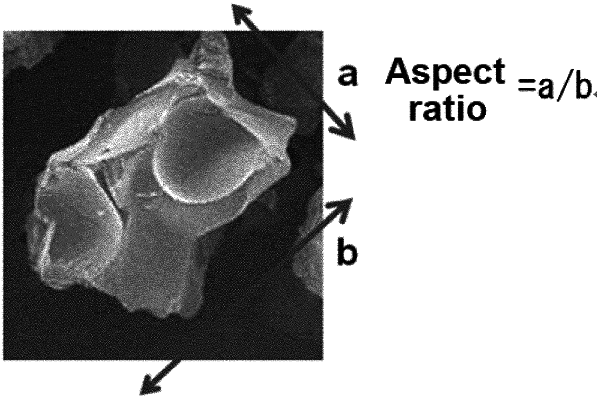| CPC C08F 220/06 (2013.01) [C08J 3/075 (2013.01); C08J 3/122 (2013.01); C08J 3/245 (2013.01); C08J 2333/02 (2013.01)] | 8 Claims |

|
1. A preparation method of a super absorbent polymer, comprising:
preparing a monomer mixture comprising a water-soluble ethylene-based unsaturated monomer having at least partially neutralized acidic groups and an internal cross-linking agent;
transferring the monomer mixture to a polymerization reactor along a transfer pipe having a diameter that varies from section to section;
cross-linking and polymerizing the monomer mixture transferred to the polymerization reactor to form a hydrogel polymer containing a first cross-linked polymer;
gel-pulverizing, drying, pulverizing and classifying the hydrogel polymer to form a base resin powder containing less than 9.9% by number of base resin powder having an aspect ratio, which is defined as shortest diameter/longest diameter of each base resin powder, of less than 0.5; and
further cross-linking a surface of the base resin powder in the presence of a surface cross-linking agent to form a surface cross-linked layer;
wherein during the transferring of the monomer mixture, the monomer mixture has a maximum transfer rate in a minimum diameter section of the transfer pipe and a minimum transfer rate in a maximum diameter section of the transfer pipe, and the maximum transfer rate is 2.5 times or more compared to the minimum transfer rate.
|